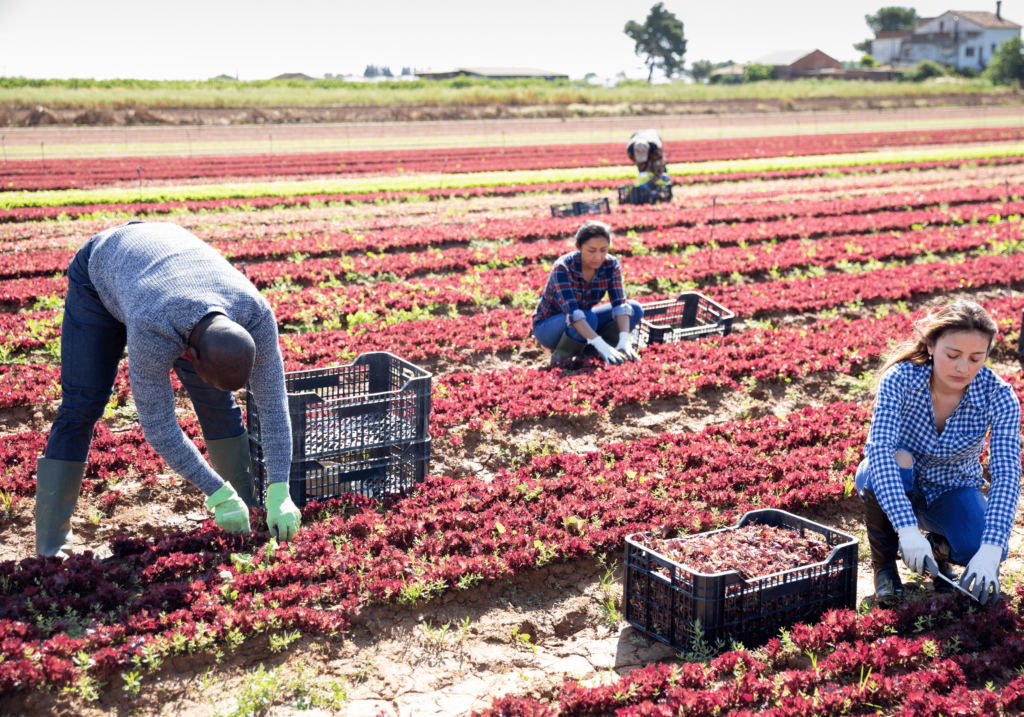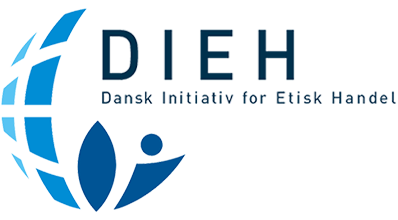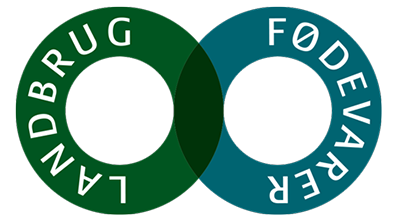Ask the right questions and check if your approach is working
Ask the right questions and check if your approach is working
Here, the company follows up on the various initiatives, checks whether progress is achieved as expected and makes adjustments as needed. This applies to initiatives both in-house and in the entire value chain.
Policy and process
- Are your policies and processes embedded in day-to-day operations?
- Is there a need for employee training?
- When is the time to update your human rights policy?
Action plans and efforts
- Have plans of action been implemented?
- When do you measure your results?
- Have improvements been made in the areas where you have taken action?
- Have your suppliers implemented agreed upon preventive measures?
- Have the actions had the desired effect?
- Have you validated the impact with the affected people, experts and other relevant stakeholders?
Ask the right people
Following up on your initiatives and evaluating their success should focus on the outcomes for the people who potentially experience the adverse effects on their human rights.
This could be employees in your own company, workers in supplier factories, banana plantation workers or the women in the local community where your product is produced or sold. In this context, various NGOs, trade unions and civil society organisations can be of great help.


Follow up in several areas
You can follow up on the measures by examining both specific and soft indicators. These may include:
- Number of work-related accidents in any given period
- Number of women in management
- Number of complaints submitted through your grievance mechanism (this is also an indication of the effectiveness of the grievance mechanism itself. An increased number of complaints can be a positive and indicate that people have confidence in the mechanism. It is not necessarily a sign of deterioration)
- Number of employees with knowledge of human rights
- Trade union organising and freedom of association for employees at production level
- Quality of waterways near a production farm
- Number of land-related disputes near a production farm
- Percentage of certified raw materials purchased within a given period (on this point, using certifications that consider human rights is of importance)
- Number of follow-ups performed on initiatives or special audits in any given period
- Number of suppliers who have signed a Code of Conduct including your human rights policy.
How to measure improvements
Use these questions to decide your type of ongoing follow-up:
- Why are we following up in this area?
- What exactly do we want to follow up on?
- How do we best follow up?
- Who should participate in the follow-up? And to what extent?
- How often do we follow up?
- Who is responsible for the follow-up?
- How will we use the results of the follow-up?
For a productive set-up of your follow-up procedure, define a set of SMART goals: Specific, Measurable, Attractive, Realistic and Time-bound.
Collecting quality data benefits your company by more effectively identifying unfortunate trends and patterns.
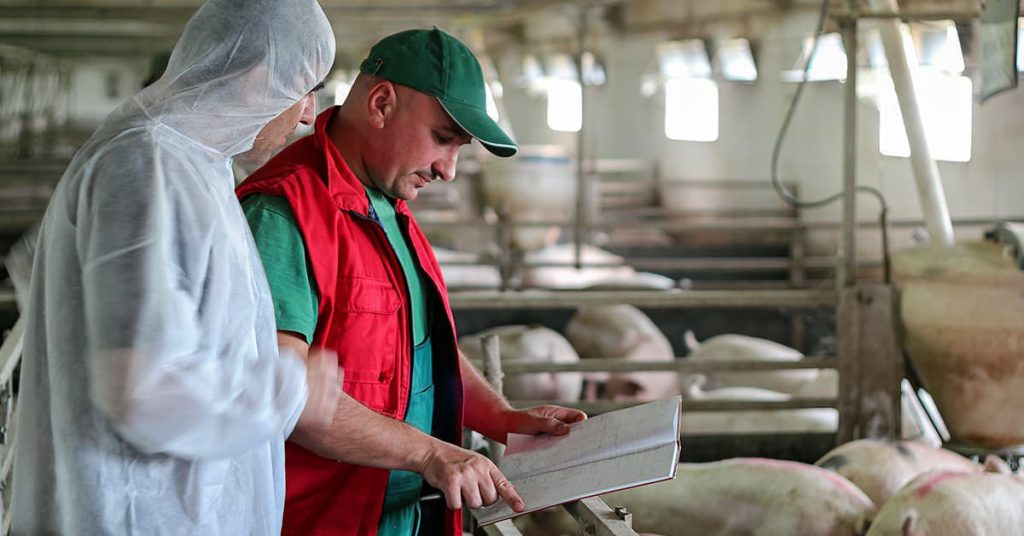
Adjust your risk assessment on an ongoing basis
You should continuously re-evaluate your risk assessment. Was anything overlooked in the first place? Did you discover other risks when you implemented the initial improvements? You may need to adjust the policy and add a specific risk area or create a new plan of action to stem a potential negative impact.
Making this a regular part of the company’s semi-annual or full-year plans, so that time is set aside to dive into this work, is a good idea. In addition, you should always make a thorough risk assessment of human rights when developing new products, entering into new supplier relationships or new areas of business.
Use the good tools
You can use the tools from step 3, including the supplier dialogue, self-evaluation forms, supplier visits and third-party audits for your follow-up.
Make follow-up easy and efficient by using some of the data you are already collecting, such as recorded accidents.
Can you improve your process?
Consider how you may improve your risk assessment process. Are changes needed to identify problem areas better and sooner? Does your recent experience with human rights merit changes in your existing process?
The human rights due diligence should be integrated into the company operations, while you continuously monitor and consider work environment, workplace accidents and other potential issues in your business processes. This process may be comparable to management processes such as ISO 9001, 14001 and 45001.
The Plan, Do, Check, Adjust approach is well suited for human rights due diligence. This means that your work will never be fully complete, yet your process is continuously improved.
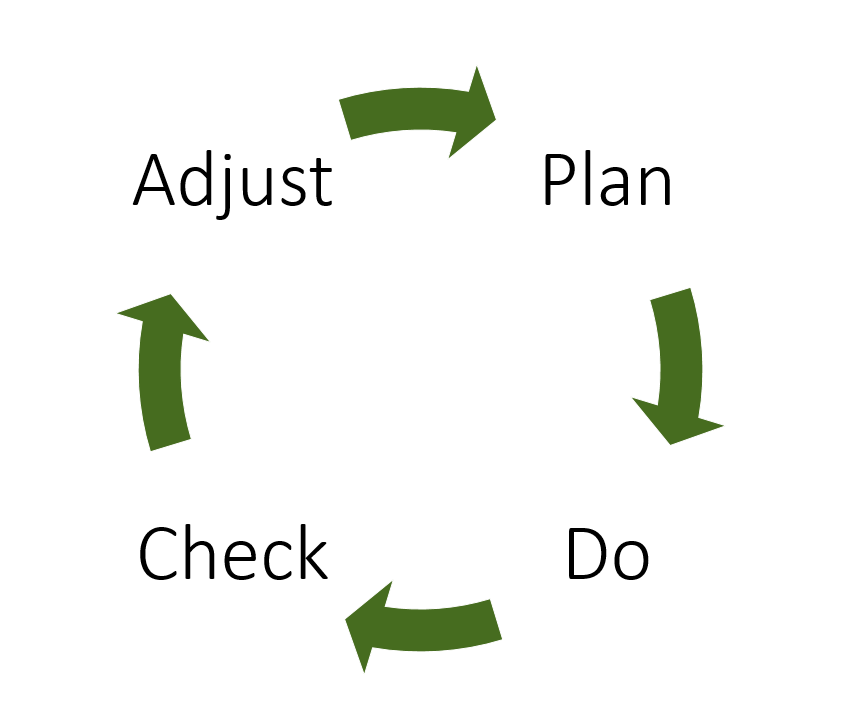
When have you done enough?
Performing human rights due diligence is work in progress that must be incorporated into the business operations. Your organisation must set aside adequate time and resources to strengthen this process. It is subject to continuous adjustments, especially in the event of violations.
How can you go about it?
- Start by creating a special process to integrate human rights considerations.
- Following this step, due diligence for human rights must be anchored in your company operations, as you continuously set goals for improvements (see the section above for inspiration).
- The goals should be set jointly by relevant departments and jointly with the supplier. Relevant departments could be purchasing, business development and sales. Making sure that due diligence processes are in line with your purchasing practice is also of importance.
- The objective is for the process to be a well-integrated part of company operations.
The more experience you gain, the stronger your human rights due diligence processes.
Case stories from small and medium-sized businesses in the food cluster
Ongoing follow-up at 55 Gasa Nord Grønt nurseries
About this guide
This guide is aimed at small and medium-sized businesses in the food cluster, i.e., companies with between two and 250 employees working in agriculture and horticulture, fisheries, fish farming, agroindustry, food production and ingredients. Human rights due diligence is relevant whether you are in the B2C or B2B market, importing, exporting or have your own production in Denmark.
The purpose of the guide is to assist SMEs perform human rights due diligence, regardless of size and resources of the company. The guide provides inspiration for how to begin and how to strengthen your current processes.
The guide was prepared by the Danish Initiative for Ethical Trade, in collaboration with the Danish Agriculture & Food Council and Arla Foods, and co-sponsored by the Danish Business Authority. The guide may not be changed, reproduced or translated without prior written permission from the Danish Initiative for Ethical Trade. If used in a teaching context, it must be with a clear acknowledgement of the partners behind the development of the guide, crediting them clearly, including use of relevant logos.
